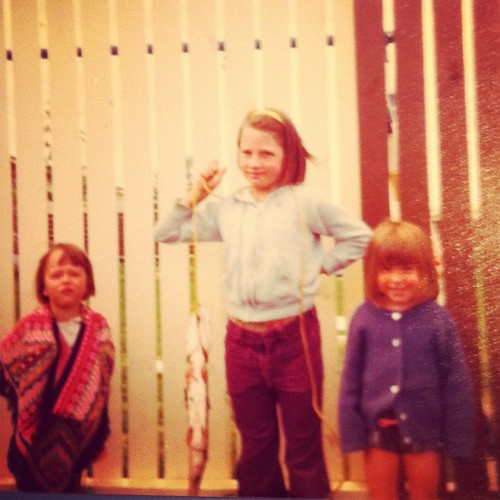I spent a lot of energy in my essay on hooks talking about curiosity… about a raising question in the minds of readers, so that the need for answers pulls them ever deeper into your narrative. Now I’m going to talk about taking that spark of curiosity and fanning it into a raging fire of I Must Know! In other words, creating suspense.
Every novel relies on suspense, to some extent, to keep its audience engaged. Even a poetic, angst-ridden vignette about two people suffering together over a cup of coffee should have enough ‘what happens next?’ to bring readers back if the phone rings when they’re mid-way down the page.
It should be self-evident, I hope, that suspense doesn’t just mean action tropes. The guy hanging off the cliff’s edge, the car chase, the scary monster lurking behind the heroine as she roams the darkened room in the scary old mansion, the full-on battle scene–these are what we often think of when called upon to imagine nail-biter situations. But suspense is also generated when we wonder: Will Lady Impertinence accept Lord Well-Heeled’s proposal? Can Lonely Guy overcome his need to seem invulnerable and reach out to his family? Is the eccentric, retired landlord’s wacky new tenant going to propel him out of his suffocating apathy… or merely send him to the file cabinet for an eviction form?
Note all the question marks? Wondering if I’ll answer any of them? See, that’s suspense.
And the answer, to Will I Answer, is an unequivocal yes. Because here’s the thing: suspense doesn’t work by just leaving the questions sitting. We’ll get tired and move on if we never get resolution. But once we know everything, the mystery is gone… so unless you’re at the very end of a book, each answered question should bring with it another question.
This is suspense in a nutshell: you make us wonder what’s next. You show it playing out. Then you make us wonder what’s gonna happen after that.
In the case of Impertinence and Lord Well-heeled, the question is ‘Will she say yes?’ The answer… well, say she says no. An obvious next question might be Why? But maybe we already know that. In that case, we ask: what’s Welly gonna do next?
If she says yes, on the other hand, maybe there’s a “But what if her family forbids it?” Lord Welly wants to know too! So maybe he finds out, through diligent but gentlemanly snooping, that his beloved was previously engaged to some boy who’s been missing for three years. There’s the answer. And the next question is: what if Impertinence’s ex is still alive?
Welly digs into that… and whatever he finds, it probably pushes the hoped-for marriage even further away.
You see how this works, right? As they say on shampoo bottles, lather, rinse, repeat. If you wrap something up and there’s nothing else to wonder about, you’ve finished your story.
Ramping it up or down.
The above story of Impertinence and Lord Welly forms an outline of the sort of suspenseful situation you might find in a romance . . . or within a romance subplot tucked into some other genre of novel. It’s a little melodramatic, of course, but you could tone down the storyline I’ve created, perhaps making the questions lie entirely with the realm of character. You might still have a proposal in the offing, in other words, but the questions could be less colorful: not so much a missing fiance, more of an internal struggle with intimacy. The unknown still lies at the heart of it: what do these characters want? What drives them? What choices will they make?
Or, of course, you can make it bigger.
When we think of suspense, we do often default to the stuff of action-adventure movies: the ticking countdown on the bomb, the car with runaway brakes, the outcome of a shootout. These are life and death events, big and noisy, with high and easily comprehensible stakes.
The question “Will They Die Now?” is endlessly compelling.
The speed, noise, and life or death stakes of a big action event can sweep us up in its excitement. We often care about the outcome of a fight scene even if we don’t know the participants all that well. Or imagine a Pink Panther-style scene, one that pits an anonymous masked thief against an array of alarm gadgets and highly trained security staff. We don’t know any of the people involved, not really, but the intricacy of the job at hand and the conflict–the thief’s ingenuity versus the threat of jail–fills the scene with a strong sense of Who Will Win?
That said, sustaining a sense of edge of the seat excitement in a longer work is easier if you develop the readers’ investment in our characters. We’ll care about Joe Stranger bleeding out as the ambulance wails, too far away to get there in time, because we’re human and most of us feel a certain amount of sympathy for a fellow being who’s injured.(If that’s not you, honestly, don’t tell me.) But we’ll care more when the injured character is someone we like.
So in my next craft essay, I’ll talk about that whole tricky thing where you make readers care about your characters without actually making them all treacly boring do-gooders.









